One of my favourite items of traditional men’s clothing are ties. But I’ll have you know, there are a lot more ties than just regular ones and bow ties, some you might not have even heard or seen of! As far as tie knots go, I use the ‘Prince Albert’ knot since it makes the tie a bit shorter.
Regular Ties
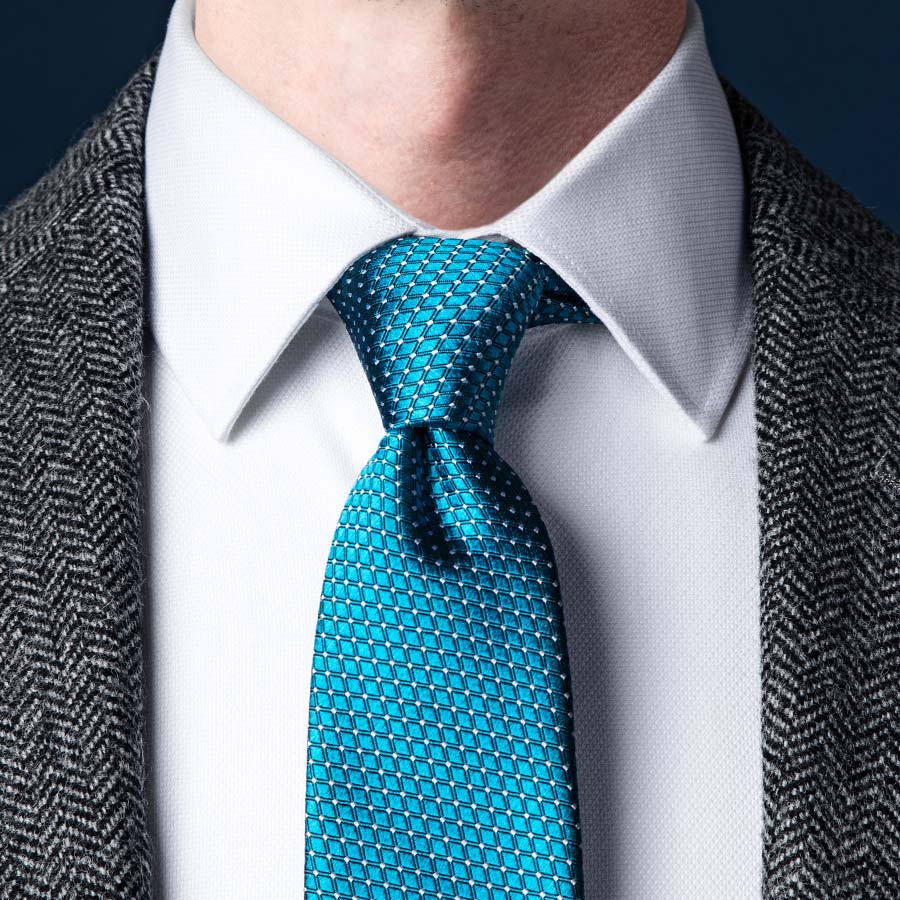
Very sure you all know what these are! These ties are long and are knotted at the neck and usually come down to the waistband of the trousers (or slightly longer if they’re high-waisted), although in vintage and antique models, they are quite short.
The history of these date back to Croatian Mercenaries, who wore small, knotted neckerchiefs during the 30 Year’s War, whilst serving in France. Louis XIV (the King at the time) began to wear a cravat and it became quite fashionable. Over the next century or two, many people started to wear them (especially the upper-classes).
Bow Ties
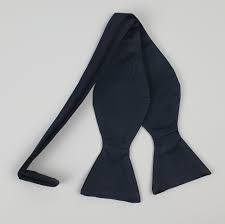
Bow ties are really only seen at Black Tie events these days.
They date back to again the Croatian Mercenaries, but by the 1800s they were considered a more casual alternative to the Cravat (the necktie of the 16 and 1700s). By the early 20th century, they were just as popular as normal ties.
Continental Ties
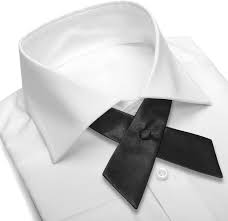
Ah yes, continental ties! Wait, what? I hear you ask, well to sum it up, a continental tie is a form of bow tie that is tucked under a shirt’s collar. These are very, VERY niche these days and are typically reserved for Black Tie, but feel free to experiment with colours and patterns for less formal looks.
These date back to – wait, no information- at all? Um, well the thing is I can POSSIBLY pinpoint how these came about. During the mid to late 19th-century, some gentlemen tucked their bow ties (not this kind) under their collars for some reason. Then let’s say someone decided to patent a whole new tie around the idea of tucking it under a collar. (Sorry for the lack of information, it’s very murky out there). These ties did become popular again in America during the late 50s and early 60s for Black Tie looks. I think it looks quite good, to be honest!
These are still used in some jobs today like US female Postal Workers and some US Navy uniforms among others.
Cravats (or Ascots)
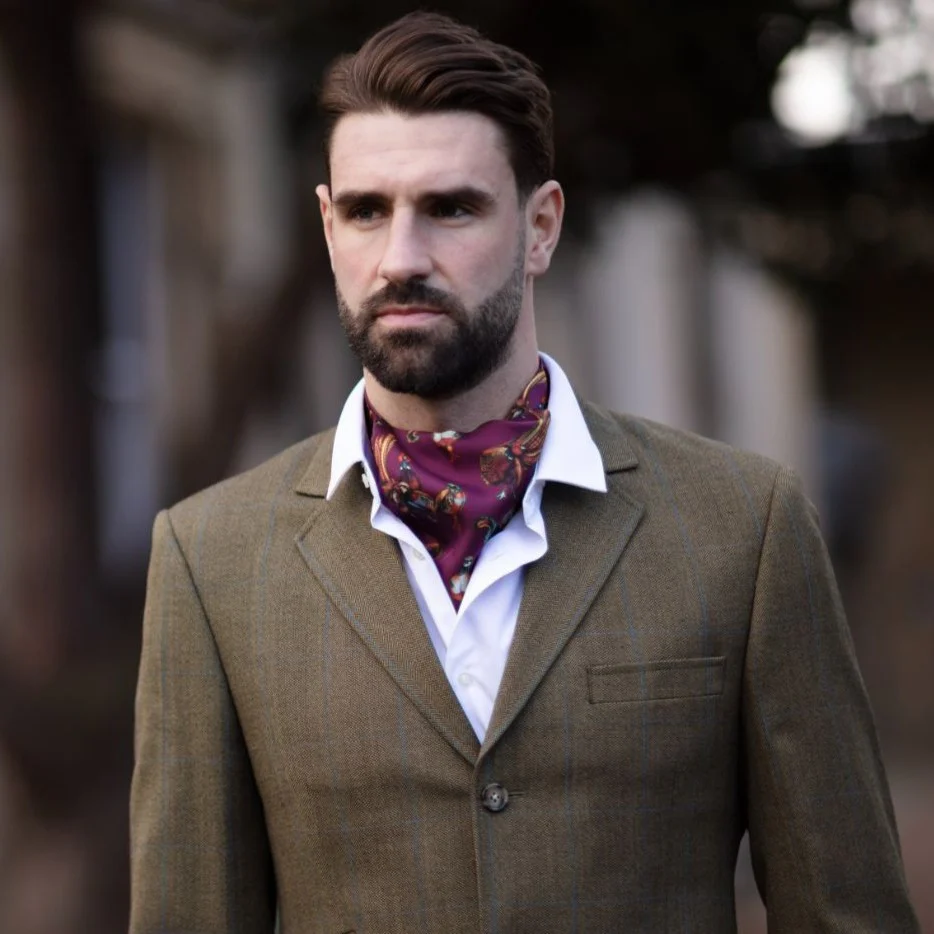
Well, cravats as I’ve said in previous tie bits came about with Croatian Mercenaries yada, yada, yada and have never really changed. There are 2 types of cravat though: formal ones and daywear ones like this guy is modelling here. Daywear ones are worn with an open collar, whereas formal ones are usually worn with Morning Dress attire, typically with a wing collar, too.
Sheriff’s Tie
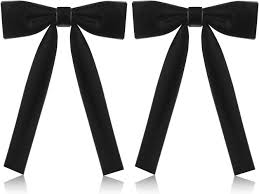
Ah yes, the Colonel Sanders Tie, The Sheriff Tie. These are very closely associated with a certain fast-food chain creator and some Wild West Sheriffs.
These do have very murky origins, which I couldn’t currently find any information about online. But these are just another type of bow tie that is very American in nature and can still be seen with some formal outfits at Southern US weddings or Western-themed weddings.
I think they look quite good and you may as well go all out and wear some cowboy boots and a hat with it too!
Bolo Tie
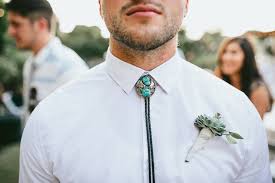
Bolo Ties are very closely associated and sometimes mistaken for The Sheriff’s Tie I mentioned above.
The origins of it have been traced back to the the 1940s when Victor Cedarstaff lost his hat to the wind while out riding his horse. He got his hat back, thankfully, and tied the band-buckle round his neck and it looked a bit like a Bolo Tie as we know it today. He later patented his slide-design.
These aren’t my cup of tea either, but they can look good at US weddings and formal events with traditional Western clothing.
Stock Tie
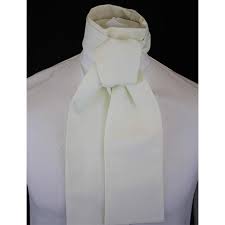
Stock Ties are very similar to the Cravat – there are 2 types: The Shaped Stock Tie which is 1 long piece of fabric with a slit in the back and then there’s the Folded Stock Tie which is folded and pressed.
They were originally white neck-bands of linen first worn around the early 1700s. They were then worn in the late 19th-Century with Morning Dress.
I still think someone can pull this off with Morning Dress nowadays and it looks very similar to the puff tie, just larger. (Which I will get into later.)
Puff Tie
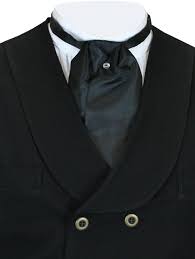
Puff Ties are short, and once tied – always have a tie tack/pin in them to keep them in place and were always worn with a waistcoat because they are so short.
Puff Ties are a crossover between a Cravat and a Scarf and were very popular by the Upper-Classes in the Victorian Era, but have pretty much died out now, just like the Stock Tie, I mentioned above.
I think these look great not just for Morning Dress, but for Victorian daywear looks too. They can still be bought from certain websites or made.
Teck Ties
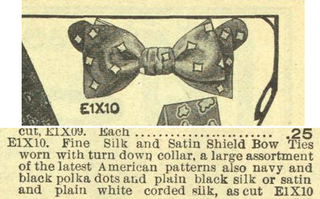
Teck Ties were a form of clip-on tie used in the late 19th and early 20th-century.
They were attached at the front using a metal cup designed to hook onto a collar stud (used to attach detachable collars) or a shirt button. Some of these would have a band that reached the back of the collar and buckled there, still retaining the cup. Others would just have 2 little bits of fabric coming off the side called shields which is what made it look like a real tie.
These shield variants were also quite commonly used in summer due to there being less layers around your neck. Although don’t wear one with a stand-up collar because you can see the shields: don’t do a Buster Keaton! Instead, wear the buckle-back version, although true antique teck ties are quite hard to find…but some people still do commissions.
Tie Accessories
Tie Clips / Bars
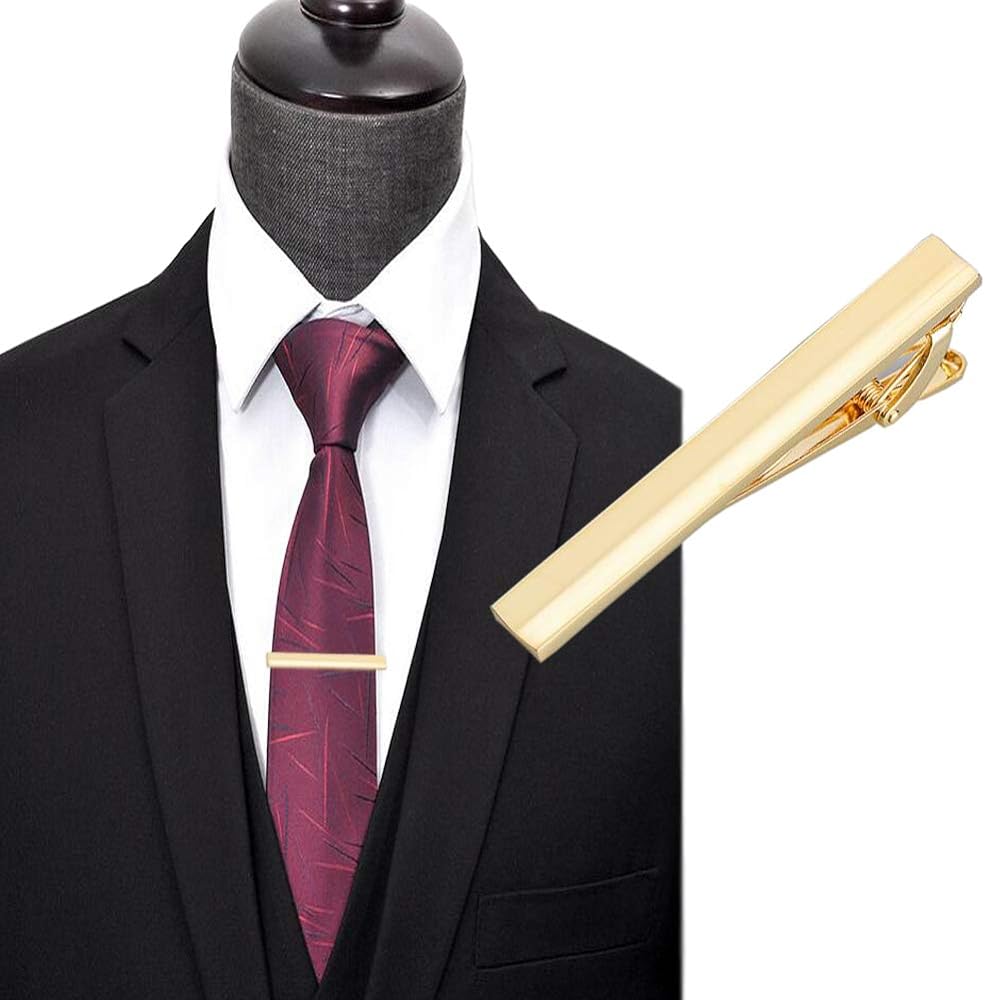
Tie Clips are pieces of metal that clip onto the placket of your shirt (the fabric where the buttons are) and the 2 blades of your tie to stop it flapping in the wind or for it to just look nice.
I love these things as they look good and are easily obtainable although I do recommend getting one that fits your tie and isn’t too wide or thin for the tie.
Tie Pins / Tacks
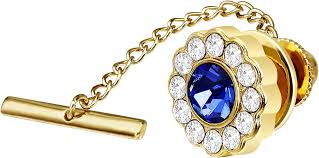
Tie Pins are like tie clips except they hook through the buttonhole of a shirt (using the T-Bar) and pin straight through the tie to keep it in place, usually quite decorative and made of metal.
Tie Rings
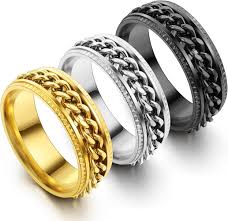
Tie Rings are pieces of metal that clasp the direct knot of a regular tie and keep it in place. They are put on by a clasp that hooks around the knot of the tie. If you tie big knots, buy bigger ones so it’s easier to put on and won’t look weird. Vice versa for smaller knots.
These are quite obscure as decorative ornaments and are definitely a conversation starter and or statement piece.
Tie Chains
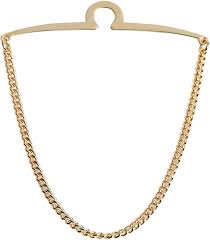
Tie chains are like necklaces of metal that hook round a tie keeping it in place and has a hook which is used to stay on top of a shirt’s button.
As said with tie rings, they are definitely a statement piece and or conversation starter.
Collar Pins / Clips
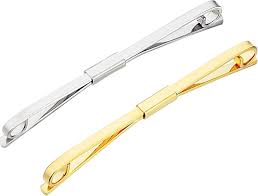
Collar Clips and Pins are long pieces of metal that clip or pin through a shirt’s collar. These are designed to push your tie knot up and look nice and decorative.
The difference between a collar clip and pin is that collar clips clip onto the sides of a shirt’s collar whereas collar pins are unscrewed and directly hooked through 2 buttonholes on the sides of a shirt’s collar. (The shirt does have to have the buttonholes for the collar pin, but not the collar clip).
Image Credits: Ties.com, Shepard and Woodward, Amazon, Clare Haggas, Pinterest, RJW Shirts.
![]()